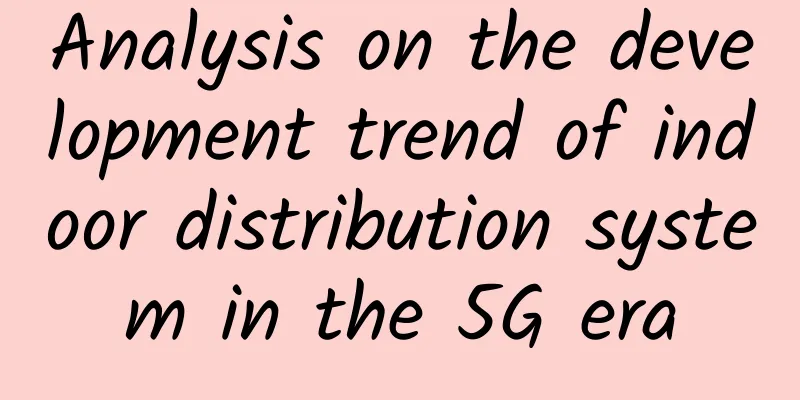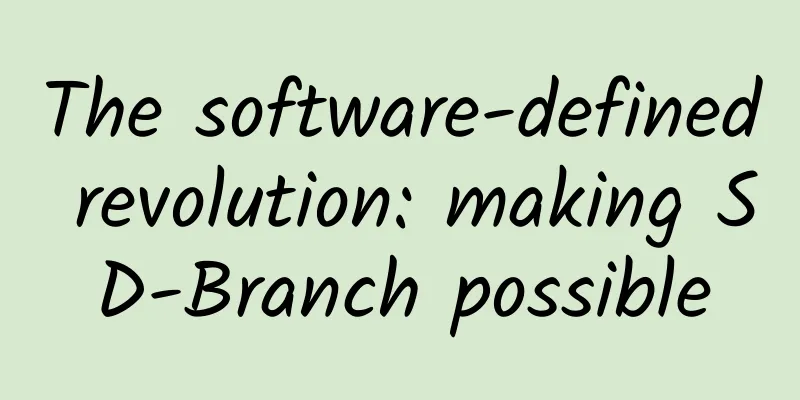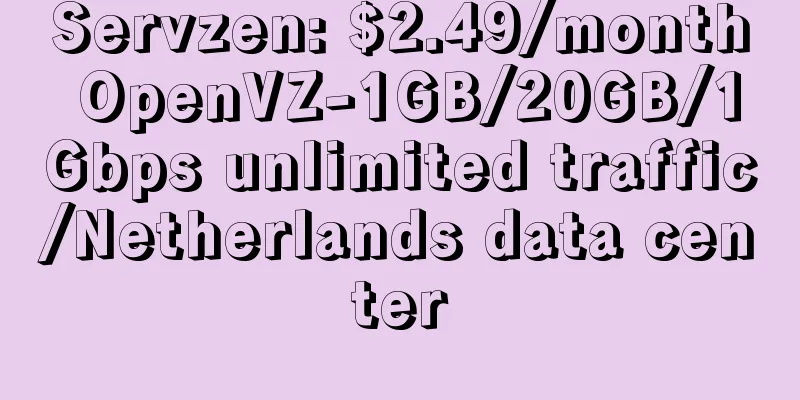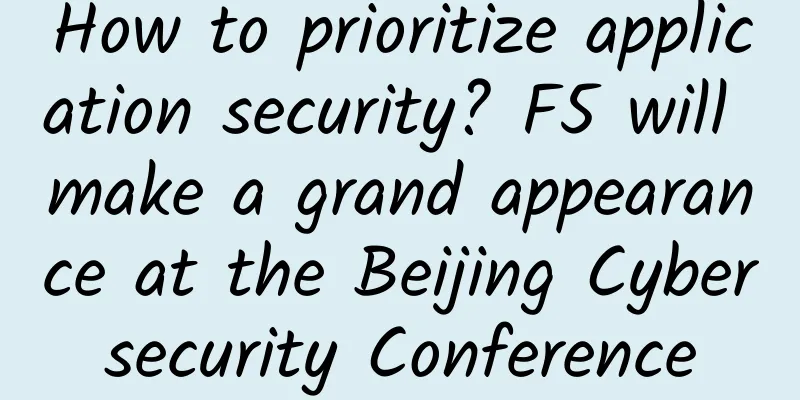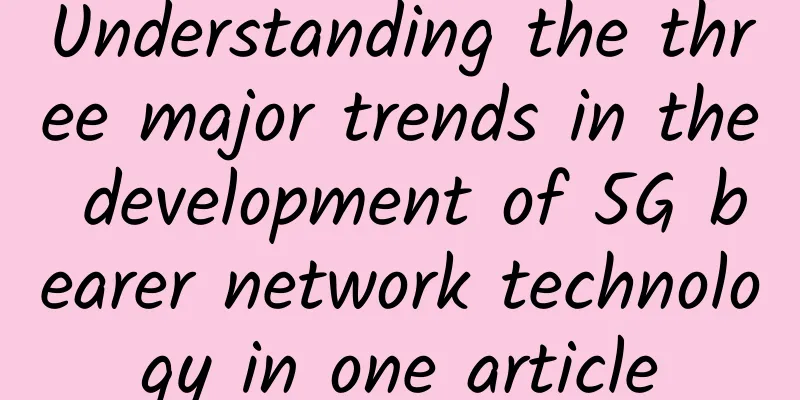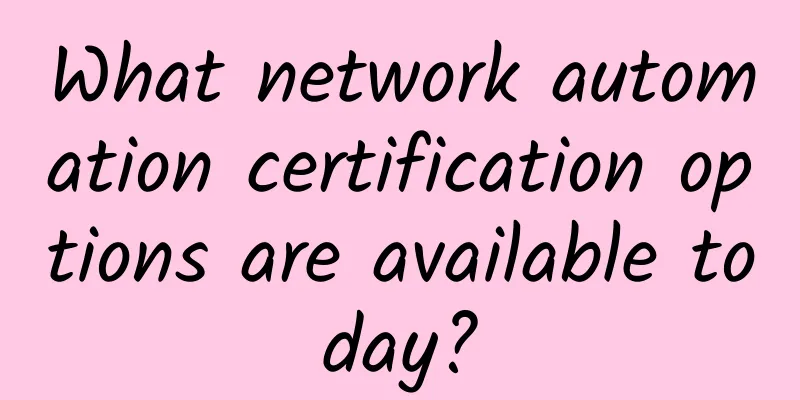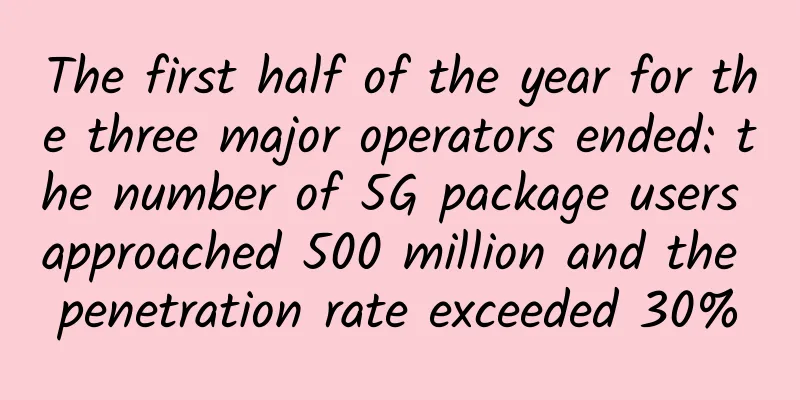Let's talk about HTTP/3, QUIC, how do they work?
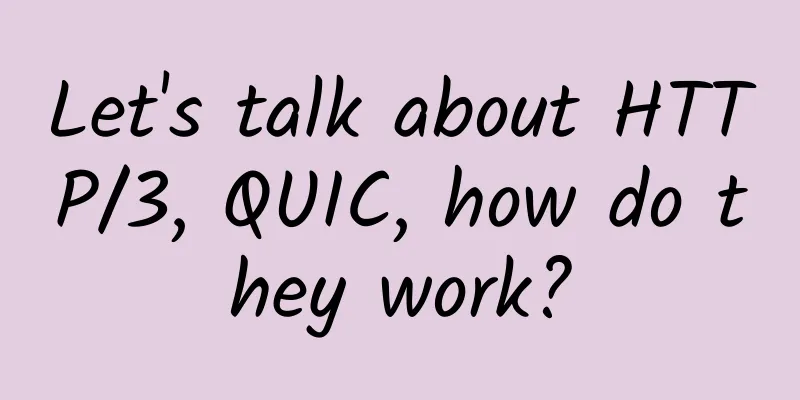
|
Why do we need HTTP/3? One important reason is to solve the "header blocking" problem. Header blocking problem in HTTP/2HTTP/2 solves the header blocking problem at the HTTP level through frames and streams. However, the problem still exists at the TCP level. After receiving frames from upper layers, TCP divides them into segments. If all goes well, all segments will reach the other end. However, the Internet may be unstable. Some segments may be lost during this process. TCP has a guaranteed delivery feature. It puts received segments into a buffer and waits for lost segments to be retransmitted, resulting in head-of-line blocking. To solve this problem, we need to find alternatives to TCP - QUIC and UDP. Updated protocol stackA major change can be seen in the protocol stack: TCP is replaced by UDP. Unlike TCP, UDP does not guarantee delivery and there are no dependencies between segments. This means there is no more head-of-line blocking problem. In addition, since UDP is a connectionless protocol, no handshake is required. It runs faster than TCP. Based on UDP, a new protocol QUIC was introduced. It inherits some advantages of TCP, including connection management and flow control. In addition, QUIC implements some functions to ensure data delivery to make up for the shortcomings of UDP. Another change is that TLS is implemented inside QUIC, while inheriting all its security features. Since TLS 1.3 is already in production, QUIC starts with this version. Last but not least, QPACK replaces HPACK, further improving the performance of the header compression algorithm. The number of entries in the static table has increased from 61 to 98 and is now 0-indexed. QUIC packets, frames, and streamsQUIC consists of packets and frames. A packet consists of multiple frames. Following is the structure of a QUIC packet. In the packet header, QUIC uses a connection ID to mark its destination and source. Browsers and servers can choose their IDs. With them, we can decouple connections from IP and port and achieve smooth connection migration. The following situations may happen to you every day. When you leave home, your phone switches from WiFi to 4G (and soon 5G). Because the IP changes, TCP reconnects. You will lose connection for a split second before reconnecting to the internet. With QUIC, the connection ID remains constant, so the connection conceptually remains the same. Although the IP changes, the connection is reused with no reconnection cost. Next, let's look at an example of a QUIC packet. QUIC IETF QUIC connection information [Data packet length: 1350] 1... .... = Head form: Long head (1) .1.. .... = Fixed bit: True ..00 .... = Packet Type: Initial (0) .... 00.. = Reserved: 0 .... ..00 = Packet number length: 1 byte (0) Version: draft-29 (0xff00001d) Target connection ID length: 8 Target connection ID: 45fb5955dfaa8914 Source connection ID length: 0 Token length: 0 Length: 1332 Packet number: 1 Load: 5a99e5b29413627619ca3b5add4cf8b6ce348355b1c1a2be9874c7961e7996a24aeec860… TLSv1.3 Record Layer: Handshake Protocol: Client Hello Padding length: 997 From the public flag 1100 0000, we can know that it is a long header and its type is initial. Next is the QUIC version: draft-29, and then the target connection ID and its length. Next, let's look at the QUIC frame structure. Similar to HTTP/2 frames, there are various frame types in QUIC. For example, STREAM frames are used to carry streams, while ACK frames are used for control. Fields in the header use variable length encoding and can be up to 8 bytes. The number of stream identifiers can be up to 2^62, two of which are reserved for markers.
The following is an example of a frame.
Here is another example, Server Hello.
Except for the new fields of the QUIC frame, the rest of the fields are mentioned in the TLS 1.3 handshake. HTTP/3 protocol and framingQUIC can do a lot of work and reduce the workload of HTTP/3. For example, unlike HTTP/2, HTTP/3 leverages QUIC streams rather than defining and controlling the streams itself. Most of the frame types managed in HTTP/2 have moved to QUIC, such as the RST_STREAM frame and the WINDOW_UPDATE frame. Because of this, the HTTP/3 frame structure is simplified to only 2 fields - frame type and length. One thing worth mentioning is that HTTP/3 does not have a designated port like port 443 for HTTPS. The browser first establishes a connection with the server using HTTP/2 to discover the service. The server responds to the request with an Alt-Svc header that includes the port for HTTP/3, such as Alt-Svc: h3-29=":443". With this information, the browser connects to that port asynchronously. Once the connection is established, future communications will be conducted using HTTP/3. |
<<: What is the difference between Cookie and Session in HTTP protocol?
>>: 11 reasons why YouTube supports 100 million video views per day with just 9 engineers
Recommend
iWebFusion: VPS hosting with 25% off starting at $7/month, 4GB/20GB/1.5TB/5 data centers including Los Angeles & North Carolina
iWebFusion's 25% discount coupon for VPS host...
Intel and XSKY Debut at 2019 China Data and Storage Summit
On December 3-4, the 2019 China Data and Storage ...
F5 Launches NGINX for Microsoft Azure, Delivering Secure, High-Performance Applications to the Azure Ecosystem
F5 recently announced the launch of F5 NGINX for ...
"Building Intelligent Computing Power to Empower the Digital Economy"——2021 Ascend AI Server Product Launch Conference Successfully Held in Beijing
Spring brings blessings, and everything is glorio...
On the eve of large-scale commercial use of 5G, private LTE networks will take the lead in IoT applications
In the past few days, South Korea and the United ...
Empowering IDC infrastructure, can 5G achieve data transmission at the speed of light?
The fifth generation of cellular networks is gett...
OlinkCloud: 10% off on all VPS on AS9929 line in Germany/San Jose, USA, starting from $4.5/month, 40% off on dedicated servers
OlinkCloud has released a new discount plan for V...
Why are the salaries of network engineers so different?
What are the salaries of network engineers? In fa...
ExtraVM first month 30% off starting at $1.5, AMD Ryzen9 series, 1~10Gbps unlimited traffic, data centers in the United States/Netherlands/Japan/Singapore, etc.
ExtraVM recently released a 70% discount on the f...
The Ministry of Industry and Information Technology issued the "Regulations on the Management of Number Portability Services": Nine types of behaviors are strictly prohibited
[[282065]] The Ministry of Industry and Informati...
Talk丨Can positioning become a new growth point for LoRa technology?
First, an example: If you and your good friend ma...
Five Breakthrough Practices for Future 5G Capabilities
【51CTO.com Quick Translation】At the 2019 Mobile W...
5G is coming: 3 ways it will benefit your business
5G is still on the way, and telecom operators are...
In the post-epidemic era, AIOps unleashes new vitality in enterprise operation and maintenance
[51CTO.com original article] 2020 is destined to ...
uSens Linggan Wang Xiaotao: This is the best time for the development of gesture interaction
[51CTO.com original article] On July 21-22, 2017,...

